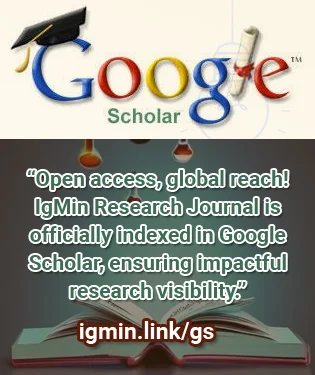要約
The article examines the priorities and prospects of the road map for the development of renewable energy using the example of Turkmenistan. The main scientific conditions of the goal, objectives, principles of public policy, a heterogeneous class of renewable technologies, the main scientific conditions of the road map for sustainable development, the environmental aspect of climate change, mitigation potential, and costs are presented. The compiled roadmap for the use of renewable energy sources outlines the expected energy, economic, and environmental effects from the use of renewable energy technologies in remote areas from the centralized power line. The author believes that the outlined development roadmap for the use of renewable energy sources will become the basis for drawing up programs in other countries, depending on natural, climatic, and geographical conditions. Thus, the road map for the development of renewable energy sources, the use of local renewable energy resources, can reduce the need for fossil fuels in some cases by up to 80% and will significantly reduce the anthropogenic load on the environment. The introduction of renewable energy sources is one of the most relevant and promising for the development of the desert and the fight against desertification in the Karakum.







